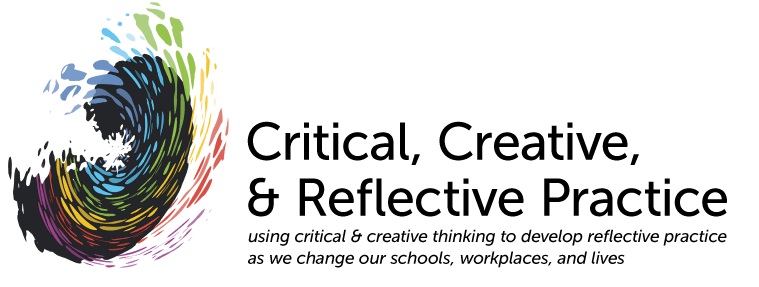“Race resurgent, Race reconstructed: Responses to developments around genomics and biomedicine”
With the explosion of genomics data “race” is hotly discussed as a potentially useful category for biomedical research and therapy (Epstein 2004, Braun et al. 2007; Fullwiley 2007a, b). What contribution can you, as students in a course that analyses or interprets the complexities of the production of science and technology, make to these debates? You cannot be expected to become experts in the research and therapeutics and resolve how useful the category really is. There is, however, a role you can play in educating others who analyze science and technology from historical, sociological, philosophical, cultural, and other perspectives. Let us explain.
It is routine in historical and sociological interpretation of science to portray scientists shaping society while they establish knowledge or make technologies work (a.k.a., the “co-construction of science and society”) (Sismondo 2008). To be consistent, interpreters of science should be explicit about what they aim to do—what aspects of society they are shaping—with their own knowledge claims. This issue becomes especially apt when interpretations point to shortcomings in the science or concerns about the directions it is taking. Is it envisaged that critical interpretations will influence working scientists or that it will it be more effective to insert historical and sociological perspectives into the education of future scientists? When should interpreters “go native” among the scientists in their “labs”? When should they become active citizens or consultants in policy debates? Of course, there are no universal answers; they must depend on the particular situation of each interpreter of science and the colleagues they influence.
The starting point for this case is that interpreters of science are often not clear or systematic in thinking about such questions. So we want you to provide “briefings” to help graduate students and emerging scholars in various disciplines develop their own thinking. The best model we have for these briefings is the “Trends and Prospects” contributions to ITEMS project—“Identifying Trends in European Medical Space: Contribution of European Social and Human Sciences” (Centro de Estudos Sociais 2005; see selection at
http://www.faculty.umb.edu/pjt/GRST/Items.pdf). However, we want you to depart from this model in three ways:
• The area is not the vast “Medical Space,” but places where “race” is being discussed or used;
• The briefings may range widely according to your interests and training. We could imagine, for example, someone with a literary background reviewing the ways that metaphors about human variation borrow from thinking about race or someone from a statistical background showing which kinds of claims about average racial differences can and cannot be supported by data analyses; and
• The intended audience is graduate students and emerging scholars in various disciplines of interpretation of science and technology who want to clarify their thinking about how they envisage their work influencing society (where “society” may be as modest as an audience whose attention they want to focus on some themes or as grand as the government agency whose policies for allocation of research funds they want to redirect).
In three weeks you will present the briefings to a panel of Boston-area graduate students and emerging scholars in various disciplines of interpretation of science and technology. The briefings will then be assembled into a website made more widely accessible.
